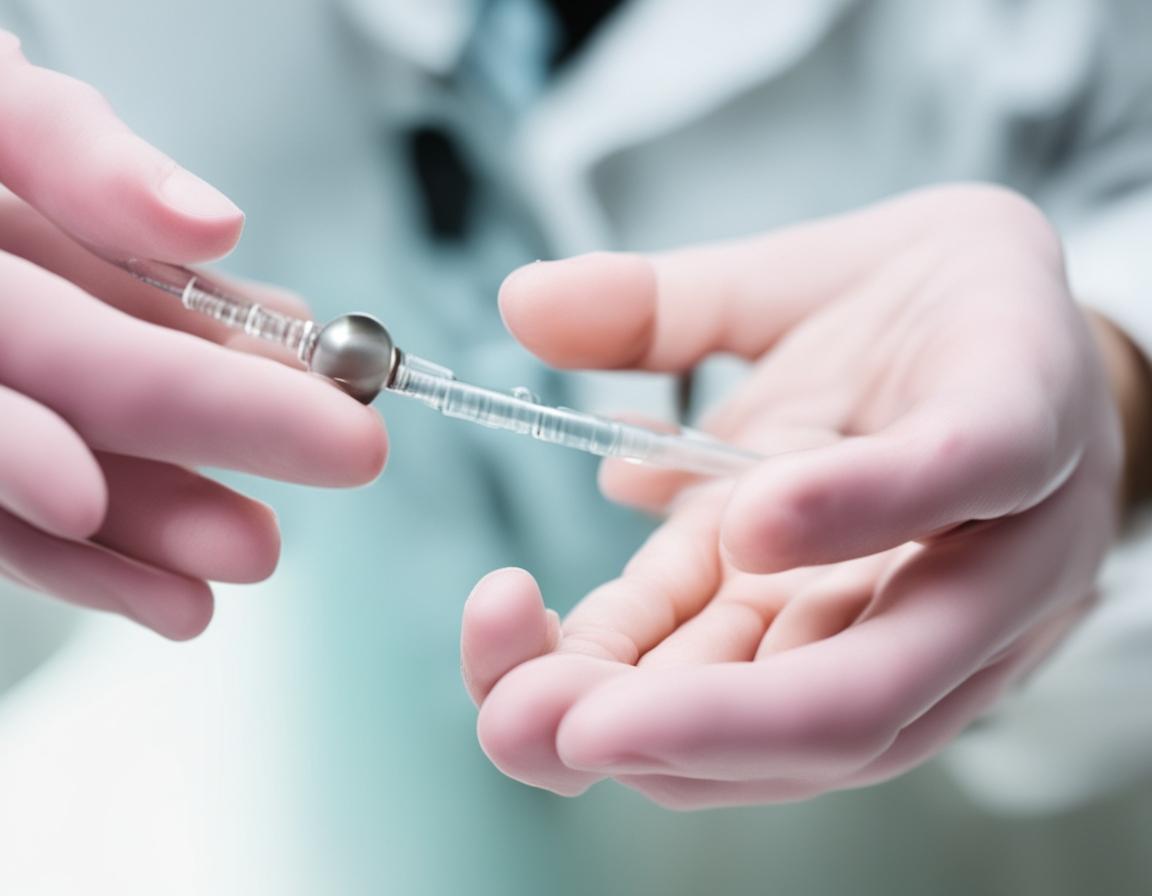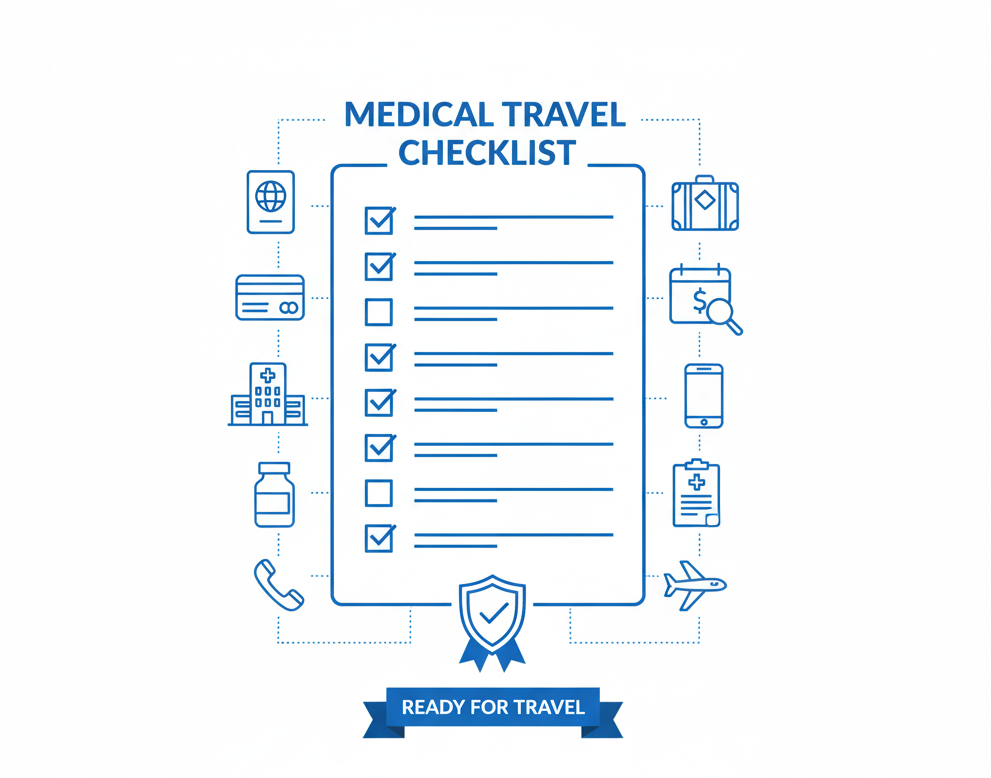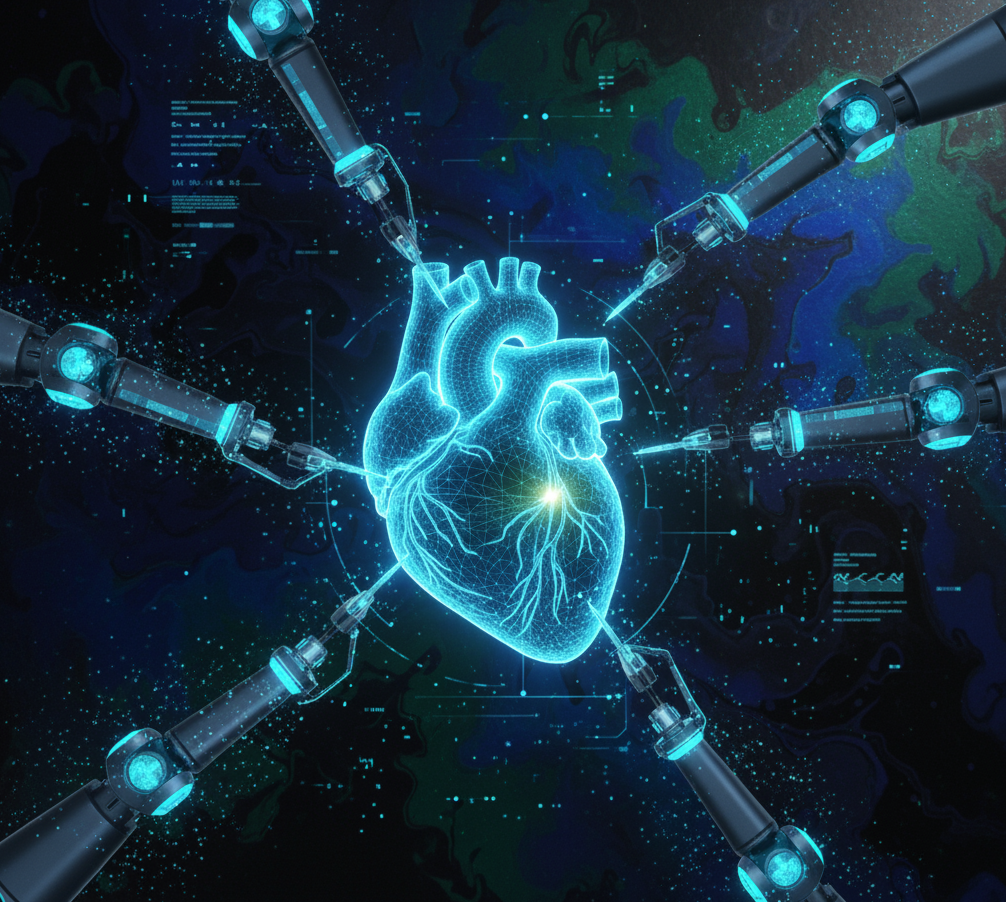
Step-by-Step Guide to the IVF Process
In vitro fertilization (IVF) is a widely used assisted reproductive technology that helps individuals and couples conceive when natural methods are not successful. IVF involves fertilizing eggs with sperm outside the body in a laboratory, then transferring the resulting embryo(s) into the uterus.
Here is a detailed step-by-step guide to the IVF process based on 2025 medical standards and expert practices:
1. Initial Consultation and Testing
Before starting IVF, patients undergo fertility consultations and testing to evaluate ovarian reserves, hormone levels (e.g., AMH), sperm quality, and overall reproductive health. This helps tailor the subsequent stimulation protocol individually.
2. Ovarian Stimulation
Patients receive injectable hormone medications for approximately 10-14 days to stimulate multiple follicles in the ovaries to mature simultaneously. This increases the number of eggs available.
Physicians closely monitor follicle growth using ultrasound and blood tests to adjust medication doses as needed.
3. Egg Retrieval
Once follicles have matured, eggs are retrieved in a minimally invasive procedure (transvaginal ultrasound-guided aspiration). Typically done under sedation, a thin needle extracts eggs from the ovaries.
The procedure takes about 20 minutes, and patients usually recover quickly.
4. Sperm Collection
On the day of egg retrieval, a semen sample from the partner or a donor is collected. If collection is not feasible that day, sperm may be frozen beforehand.
Sperm are processed in the lab to isolate the healthiest and most motile cells.
5. Fertilization
Eggs and sperm are then combined for fertilization using one of two methods:
-
Conventional Insemination: Sperm and eggs are placed together in a culture dish, allowing sperm to fertilize eggs naturally.
-
Intracytoplasmic Sperm Injection (ICSI): A single sperm is directly injected into each mature egg, often used when sperm quality is low or prior fertilization attempts failed.
About 70% of mature eggs typically fertilize successfully.
6. Embryo Culture and Monitoring
Fertilized eggs (zygotes) develop into embryos over 3-6 days. The lab monitors their growth, grading quality based on cell division and morphology.
Many clinics now use extended culture to the blastocyst stage (day 5 or 6) for better implantation success.
7. Preimplantation Genetic Testing (Optional)
During embryo culture, some patients opt for Preimplantation Genetic Testing (PGT) to screen embryos for genetic diseases, chromosomal abnormalities, or sex selection, improving chances of healthy pregnancy.
Genetic testing may add time to the process but provides invaluable information.
8. Embryo Transfer
A selected number of embryos (often one or two) are transferred into the uterus using a thin catheter—a quick and generally painless procedure done while the patient is awake.
Excess healthy embryos can be cryopreserved (frozen) for future use.
9. Pregnancy Testing and Follow-Up
About 9-14 days after embryo transfer, a blood test (beta-hCG) confirms pregnancy.
Early monitoring with ultrasounds and hormone tests ensures proper embryo implantation and development.
Follow-up care continues through early pregnancy to support health and address any concerns.
Summary
The IVF process combines advanced reproductive medicine techniques with personalized care tailored to each patient’s needs. From ovarian stimulation to embryo transfer, every step is carefully monitored to maximize the chances of a healthy pregnancy.










